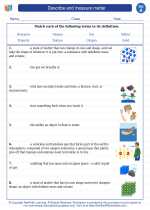Circuit Study Guide
What is a Circuit?
A circuit is a closed loop through which an electric current can flow. It consists of various components such as wires, switches, resistors, capacitors, and power sources.
Types of Circuits
There are two main types of circuits: series circuits and parallel circuits.
Series Circuit:
In a series circuit, the components are connected in a single path, so the same current flows through each component in the circuit.
Parallel Circuit:
In a parallel circuit, the components are connected in multiple paths, so the current divides and flows through each component independently.
Components of a Circuit
Various components make up a circuit, each serving a specific purpose:
- Power Source: Provides the energy for the circuit to function, such as batteries or a power supply.
- Wires: Conductors that carry the electric current between the components.
- Switches: Devices used to open or close the circuit, controlling the flow of current.
- Resistors: Components that resist the flow of current, used to control the amount of current in the circuit.
- Capacitors: Components that store and release electrical energy, often used to smooth out voltage fluctuations.
How Circuits Work
When a circuit is complete and a power source is connected, the electric current flows through the circuit, providing energy to the various components. In a series circuit, the current flows through each component in sequence, while in a parallel circuit, the current divides and flows through multiple paths simultaneously.
Importance of Circuits
Circuits are essential for the functioning of numerous electrical and electronic devices, from simple light bulbs to complex computer systems. Understanding circuits is crucial for anyone working with electrical systems or pursuing a career in engineering or technology.
Conclusion
Circuits form the backbone of modern electrical and electronic systems, and a thorough understanding of how they work is valuable for anyone interested in science, technology, or engineering.
[Circuit] Related Worksheets and Study Guides:
.◂Science Worksheets and Study Guides First Grade. Describe and measure matter
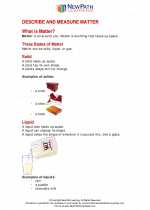
 Worksheet/Answer key
Worksheet/Answer key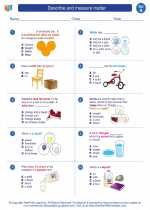
 Worksheet/Answer key
Worksheet/Answer key
 Worksheet/Answer key
Worksheet/Answer key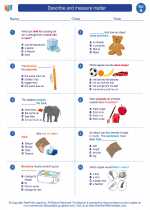
 Vocabulary/Answer key
Vocabulary/Answer key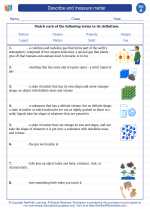
 Vocabulary/Answer key
Vocabulary/Answer key